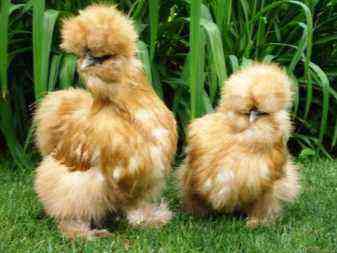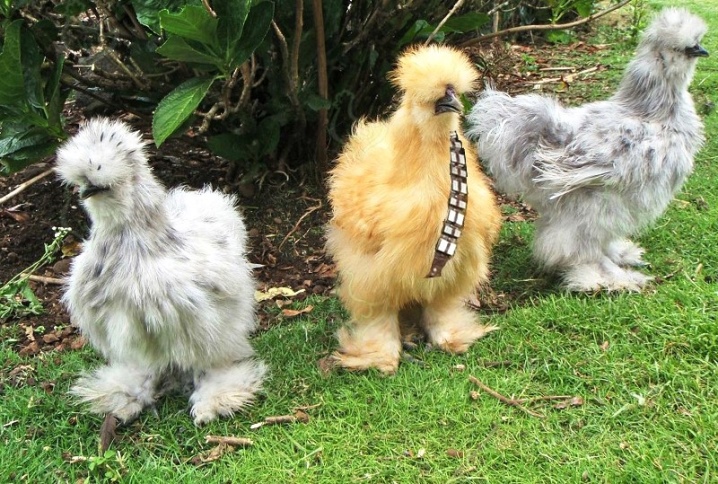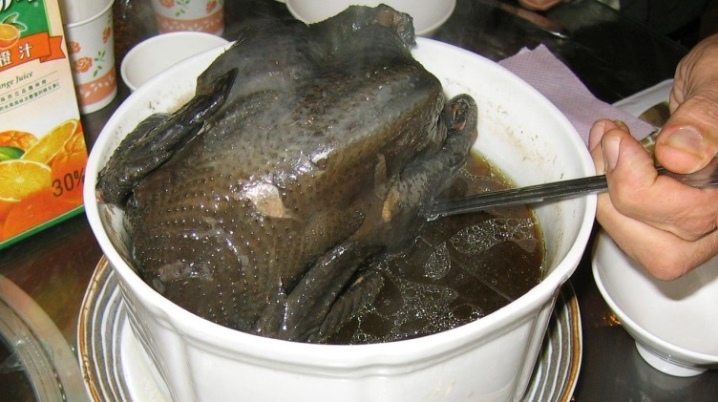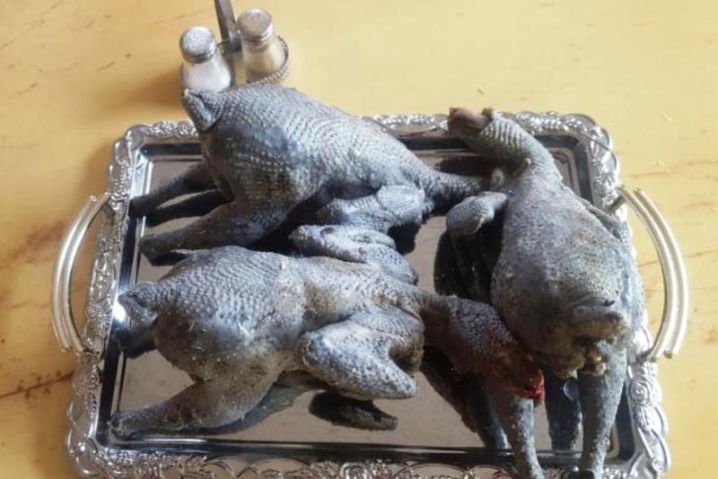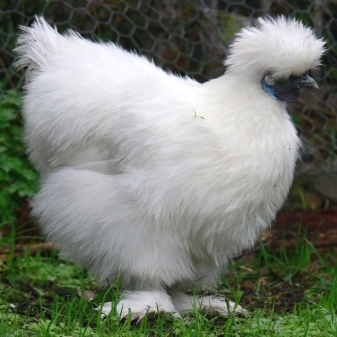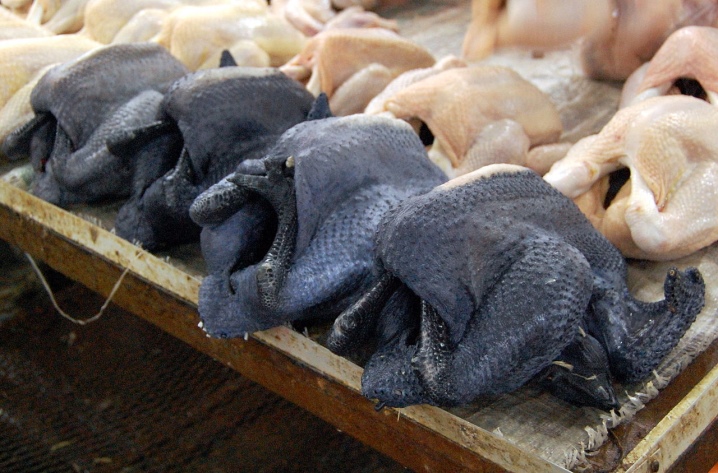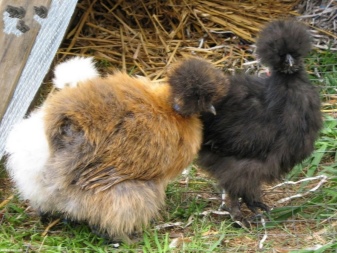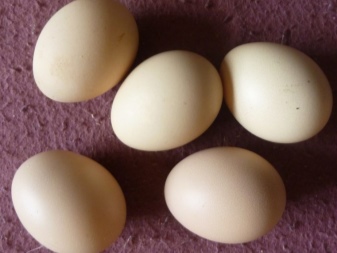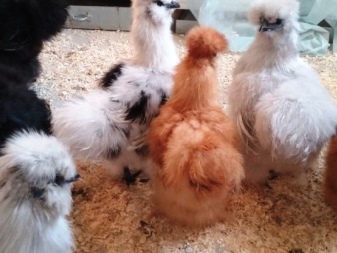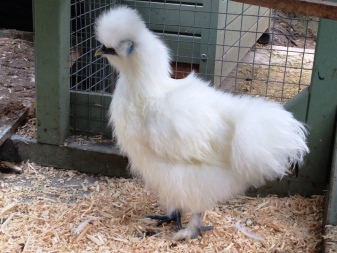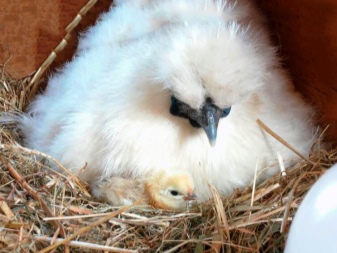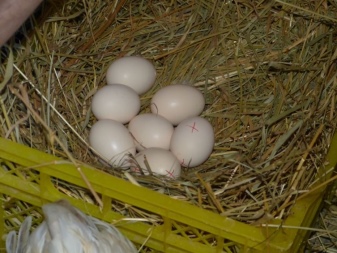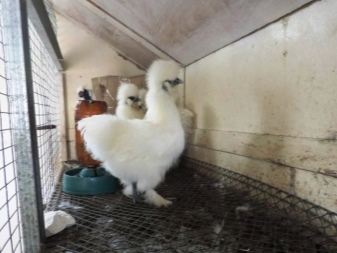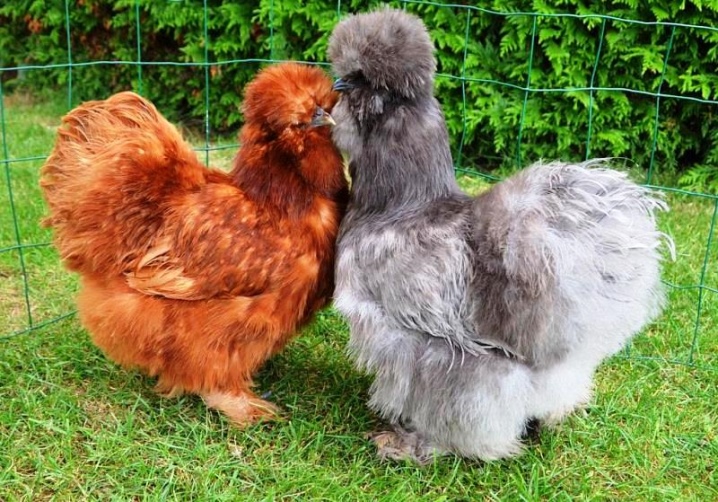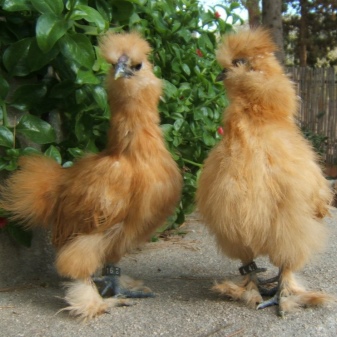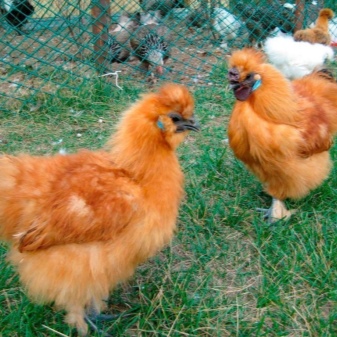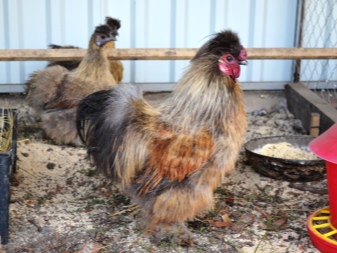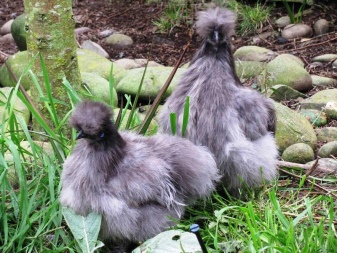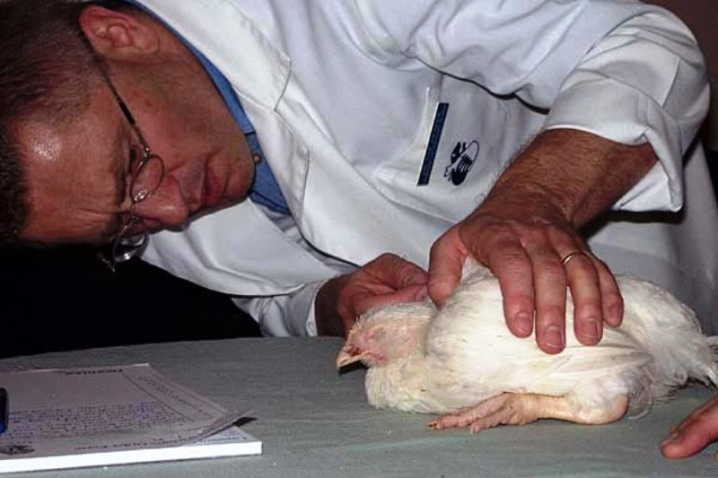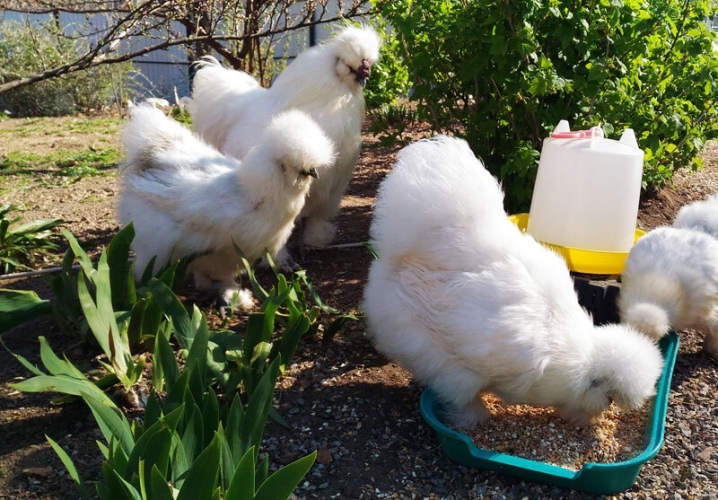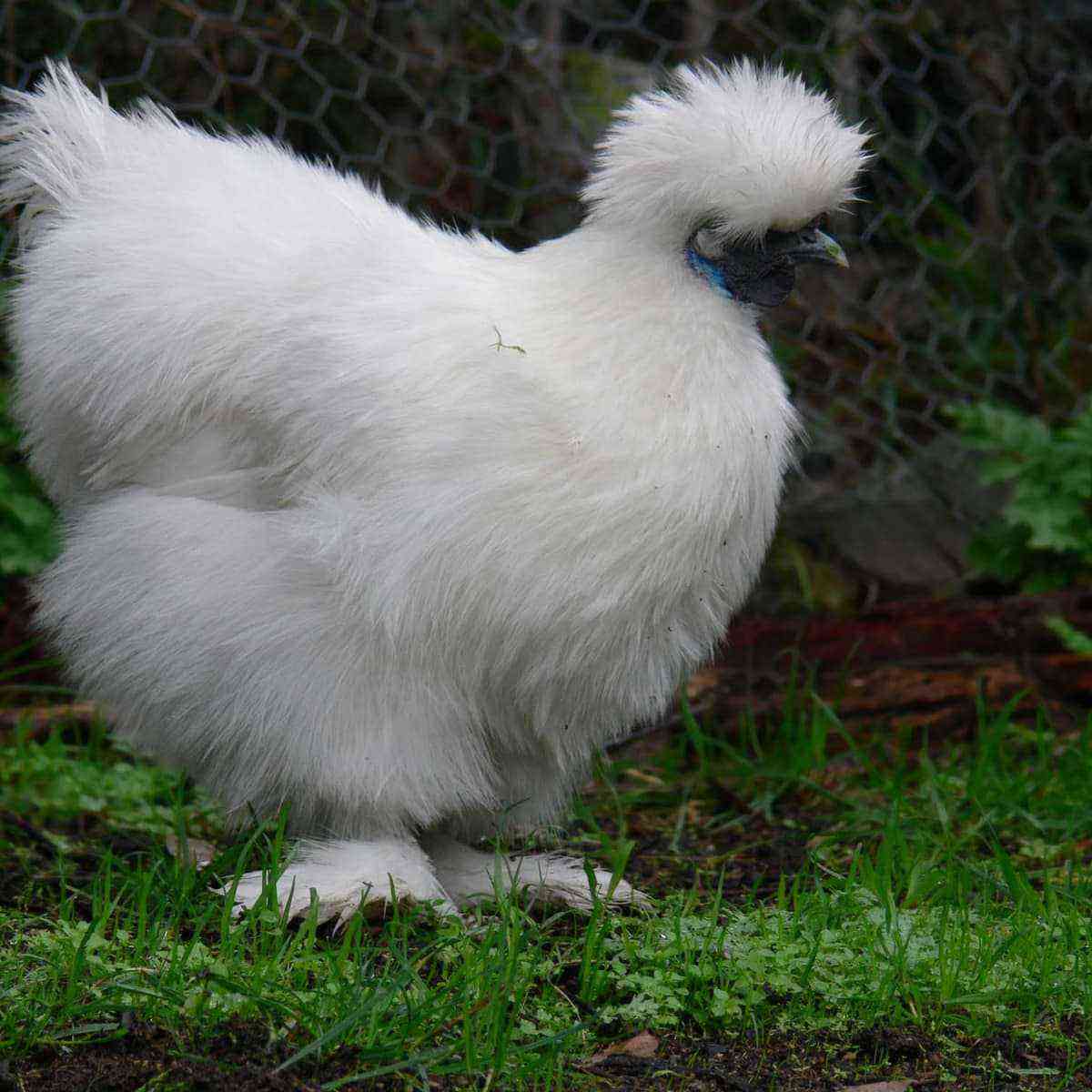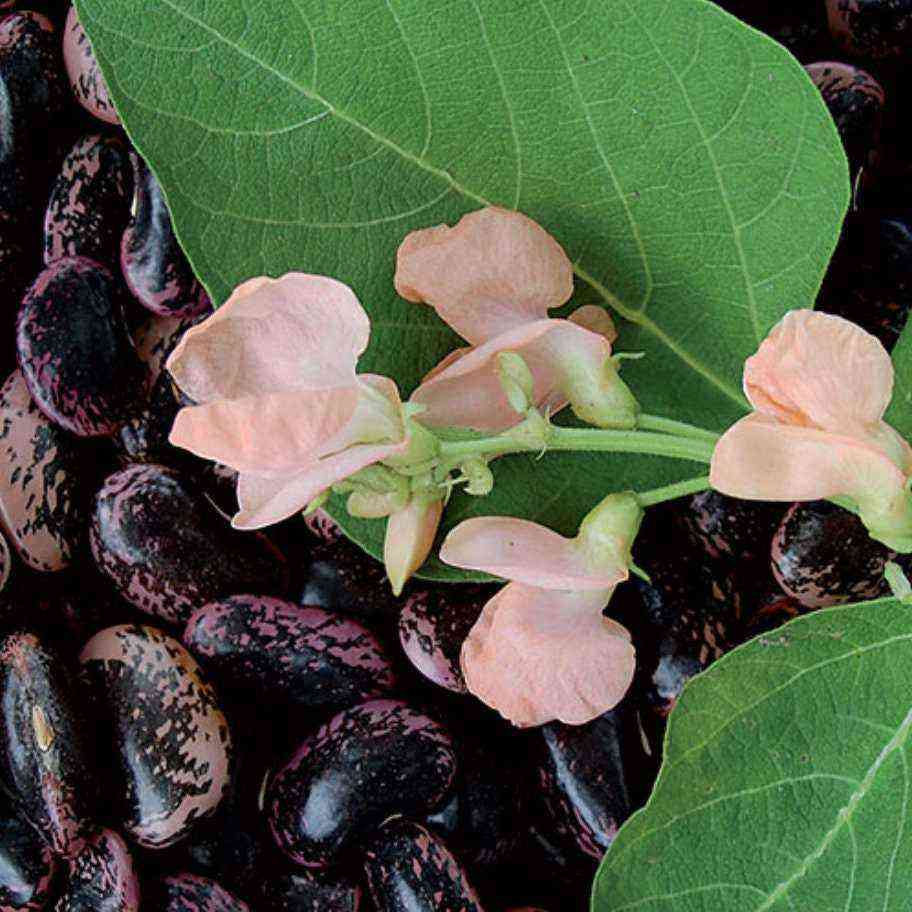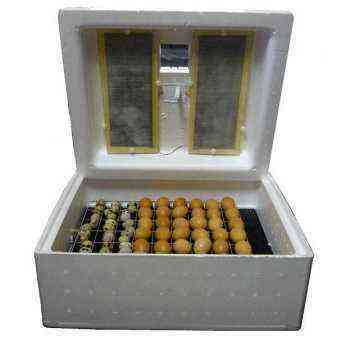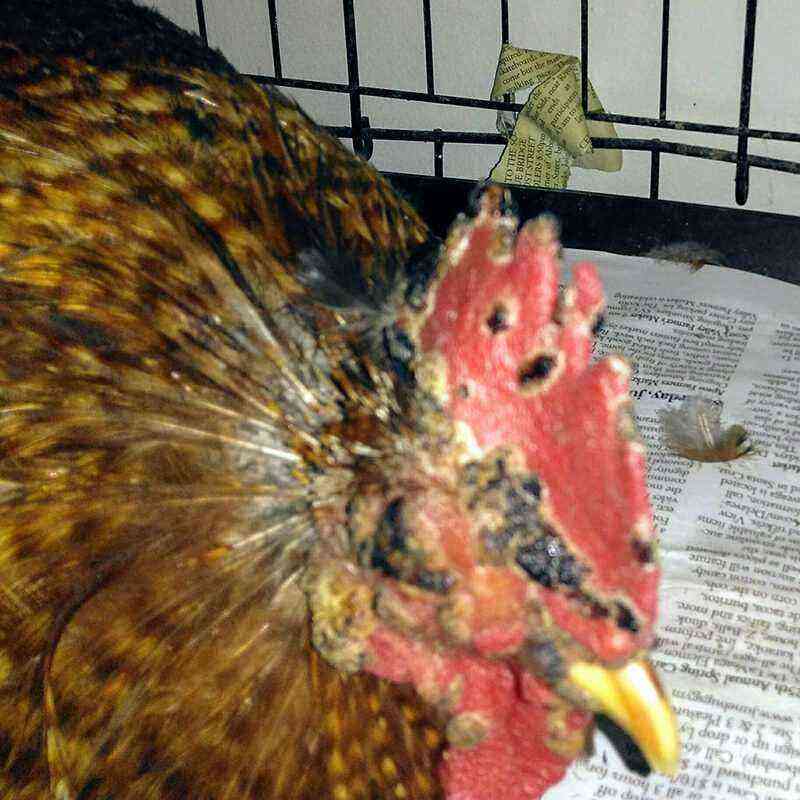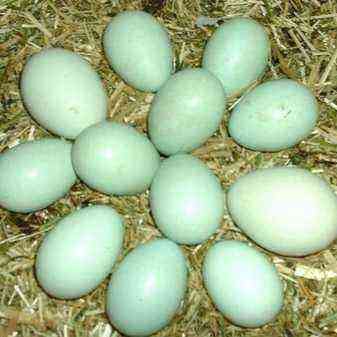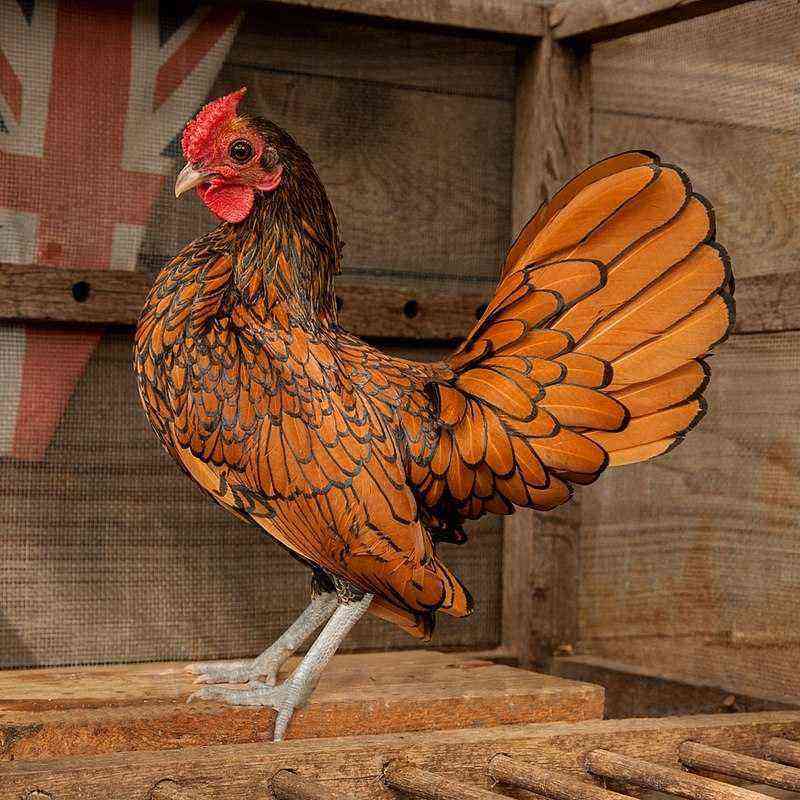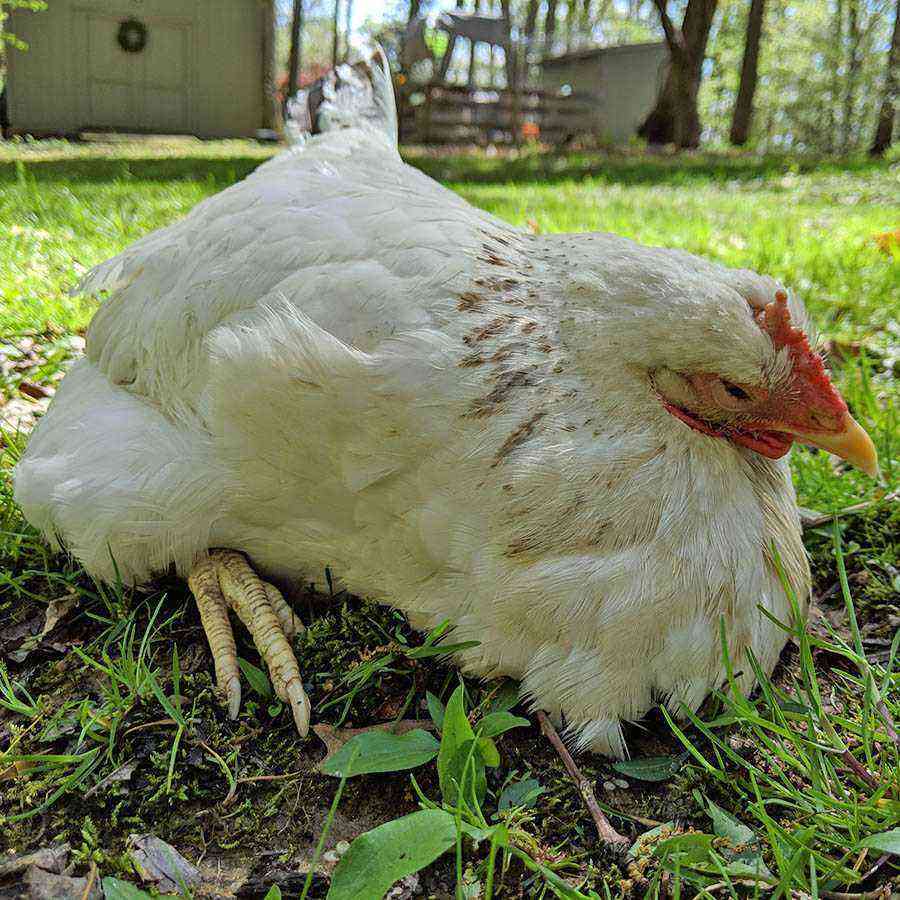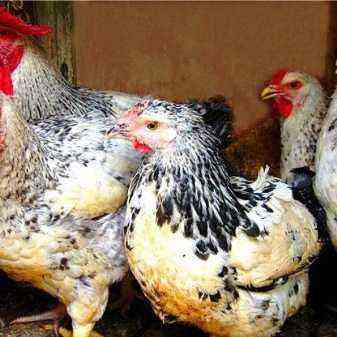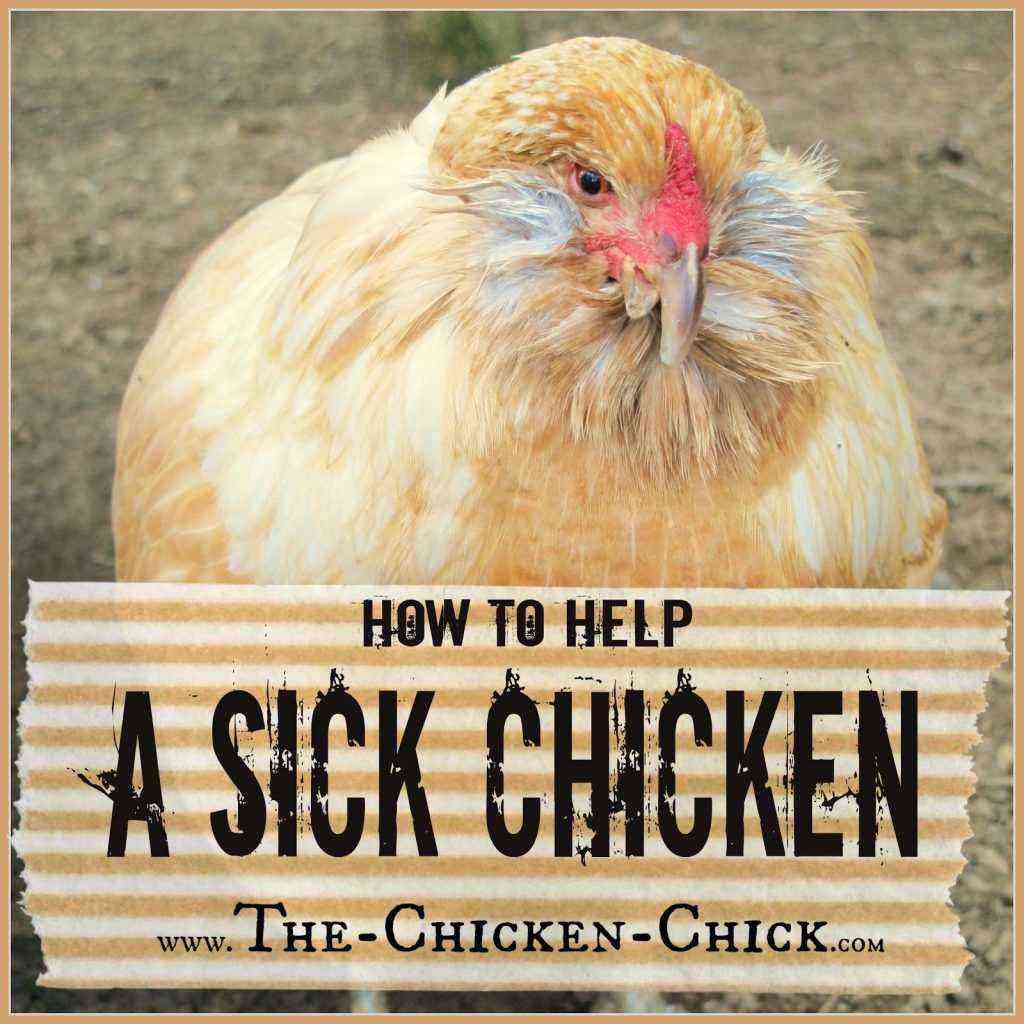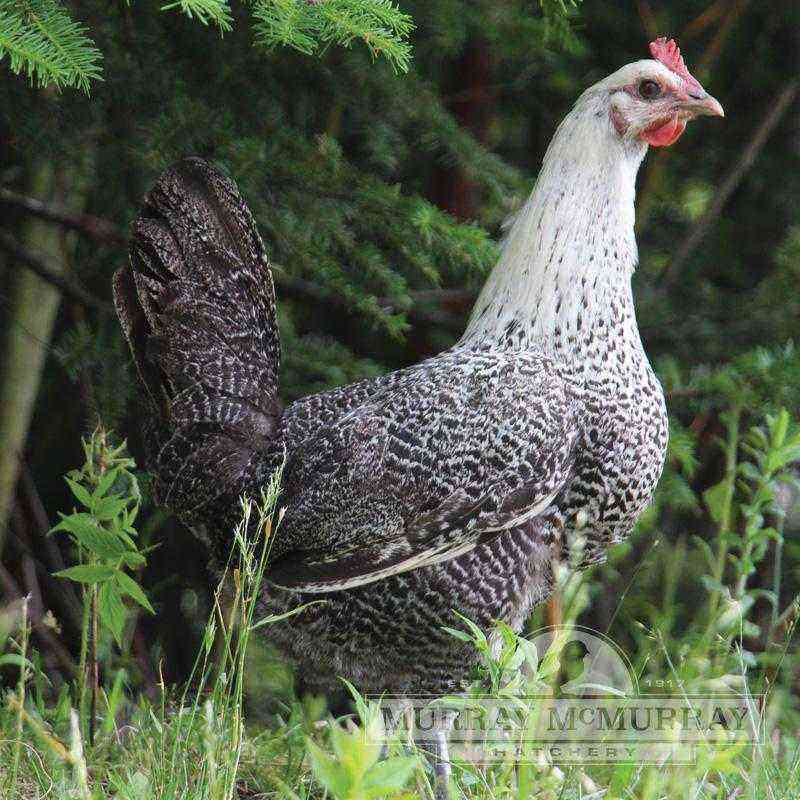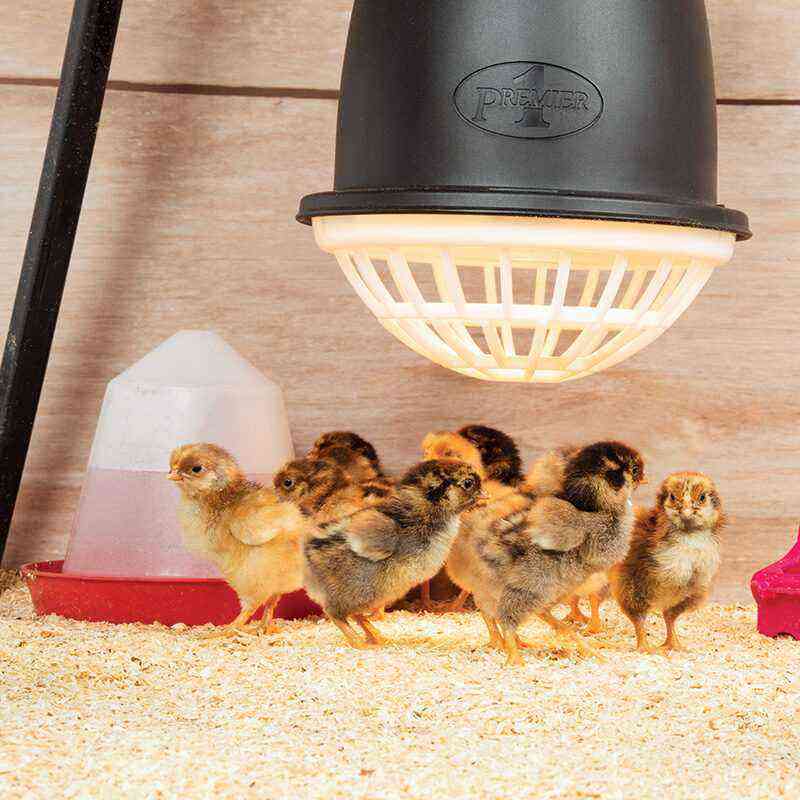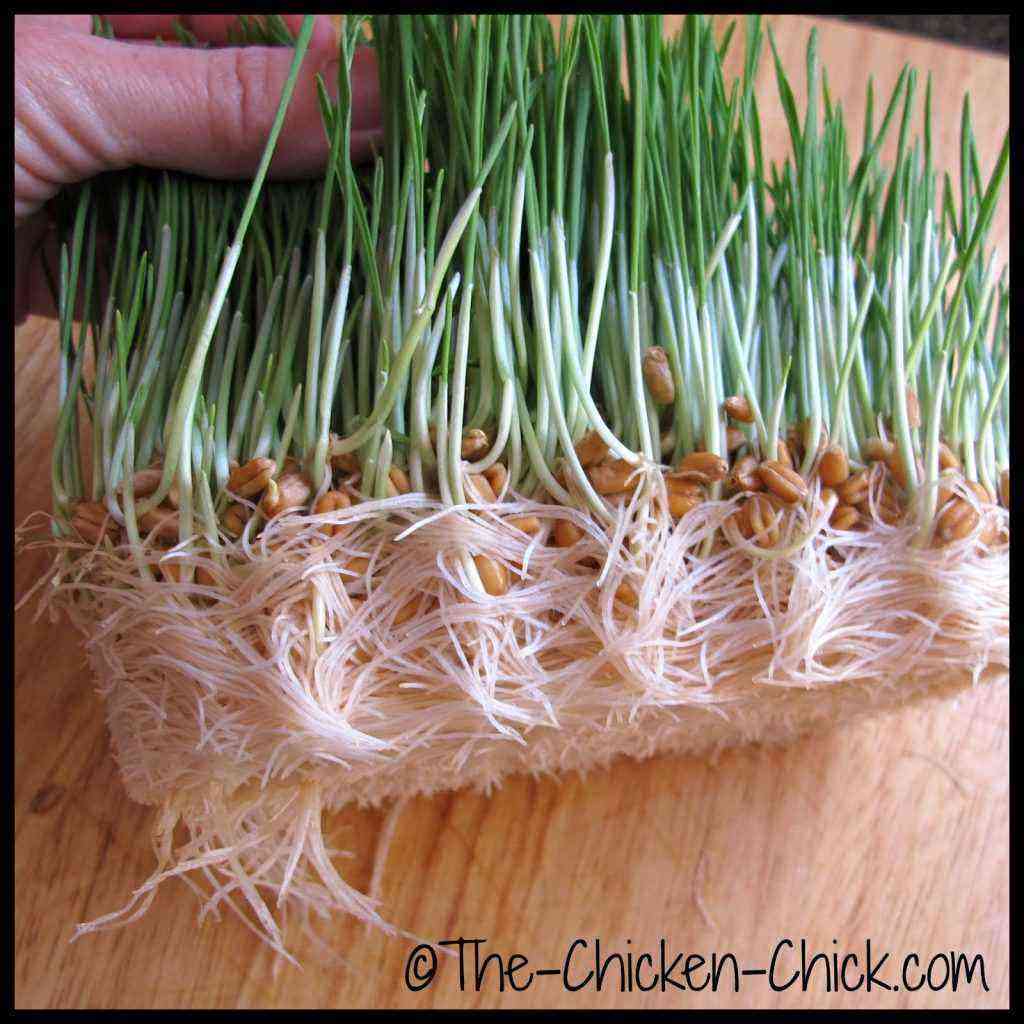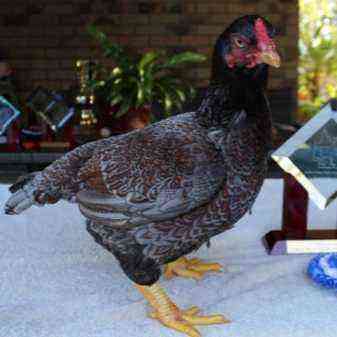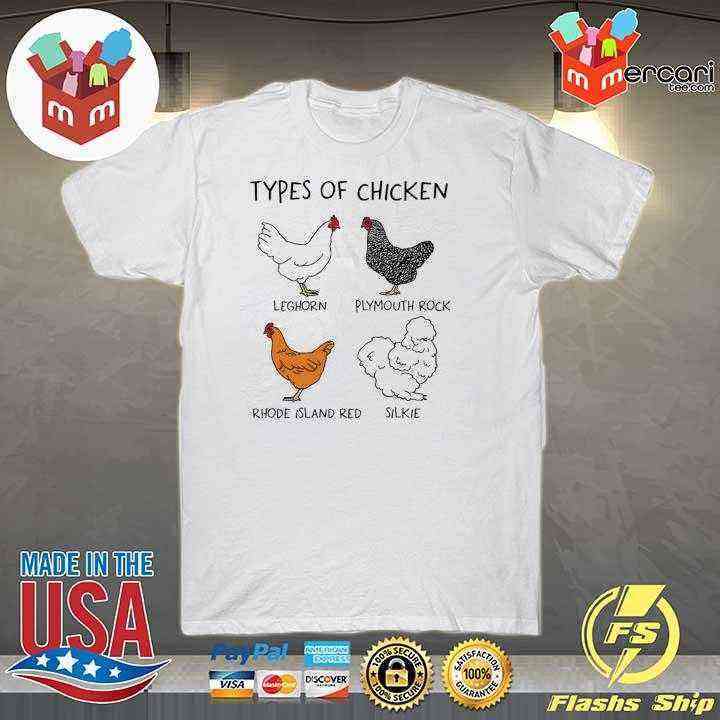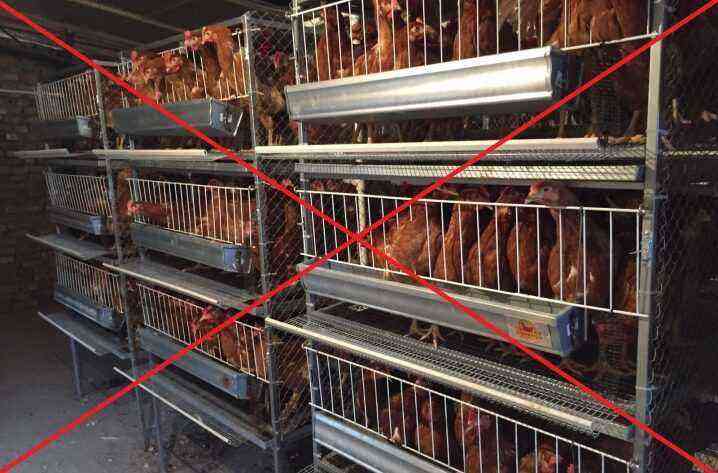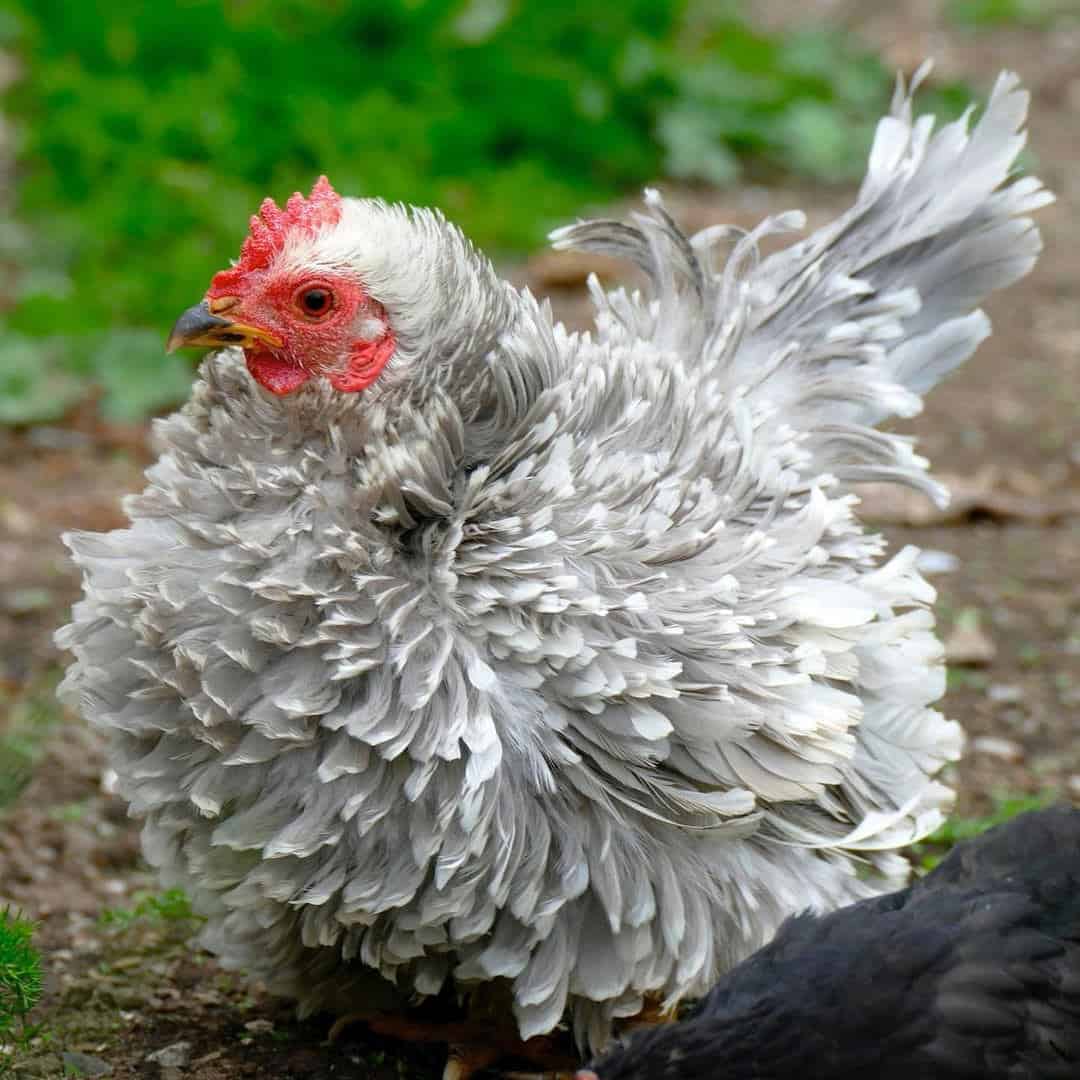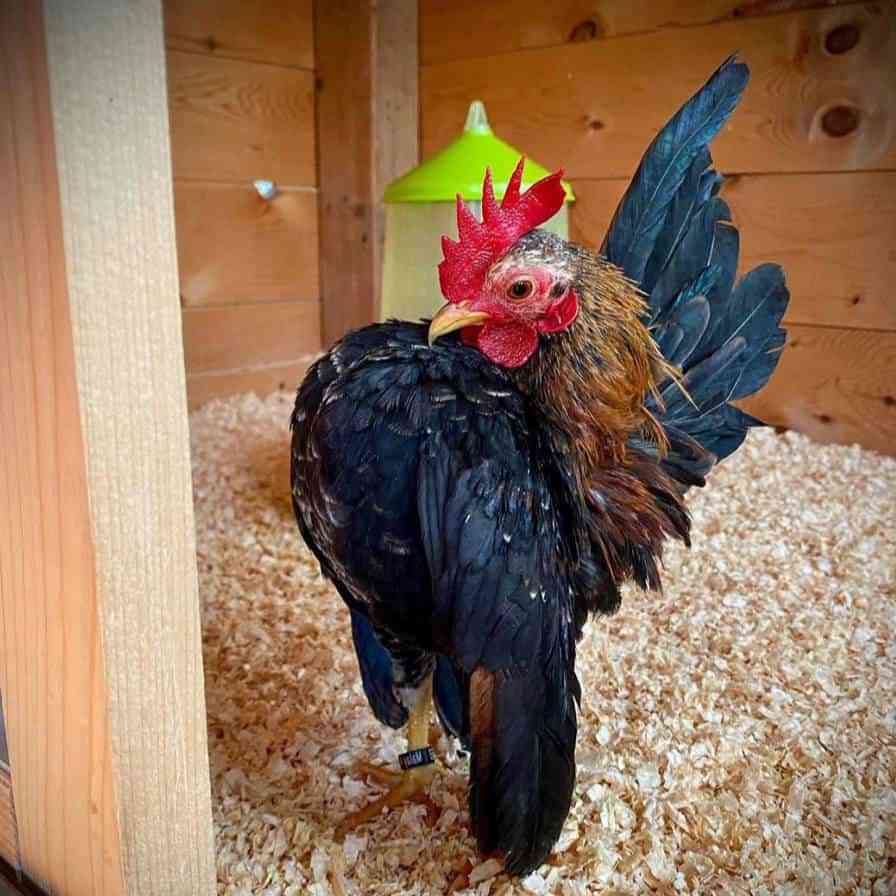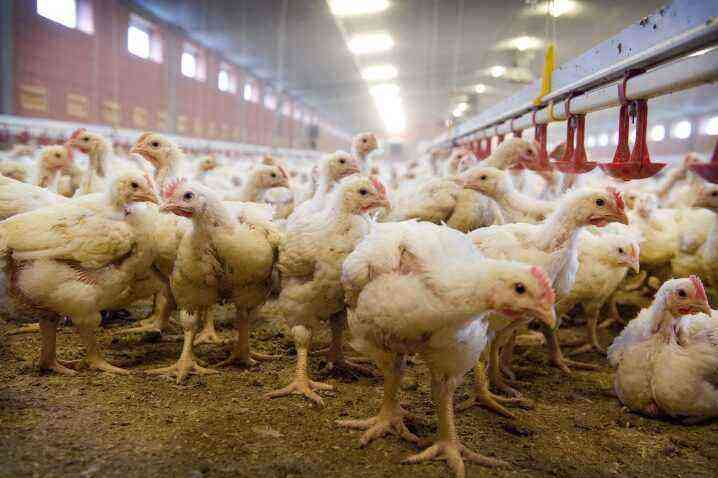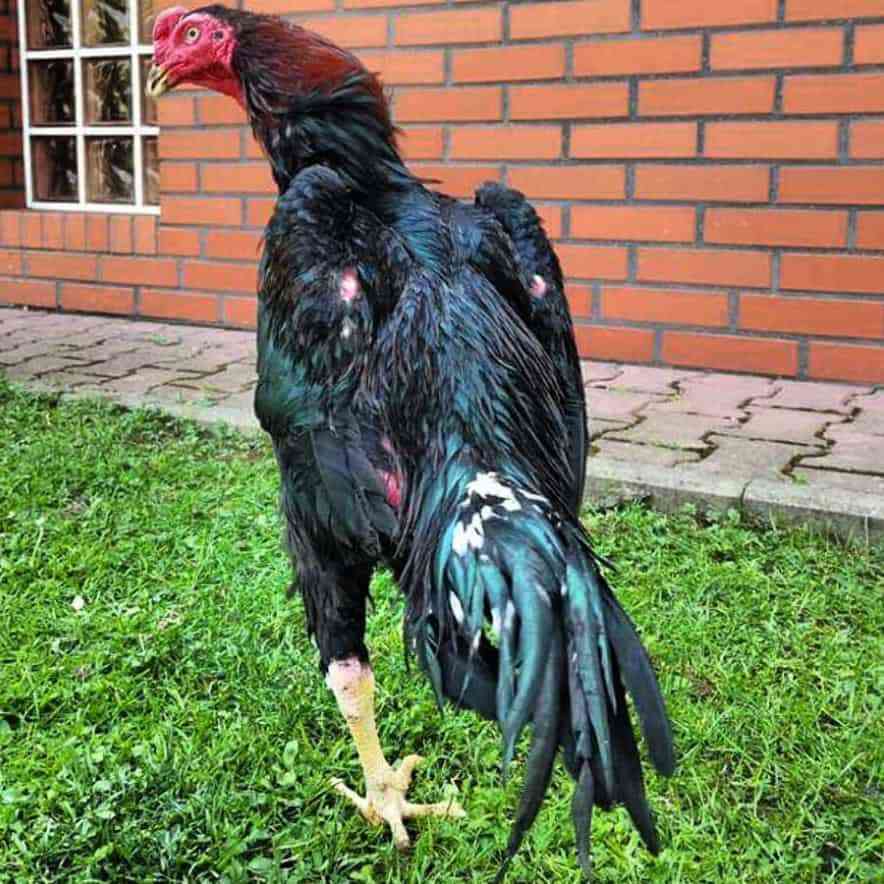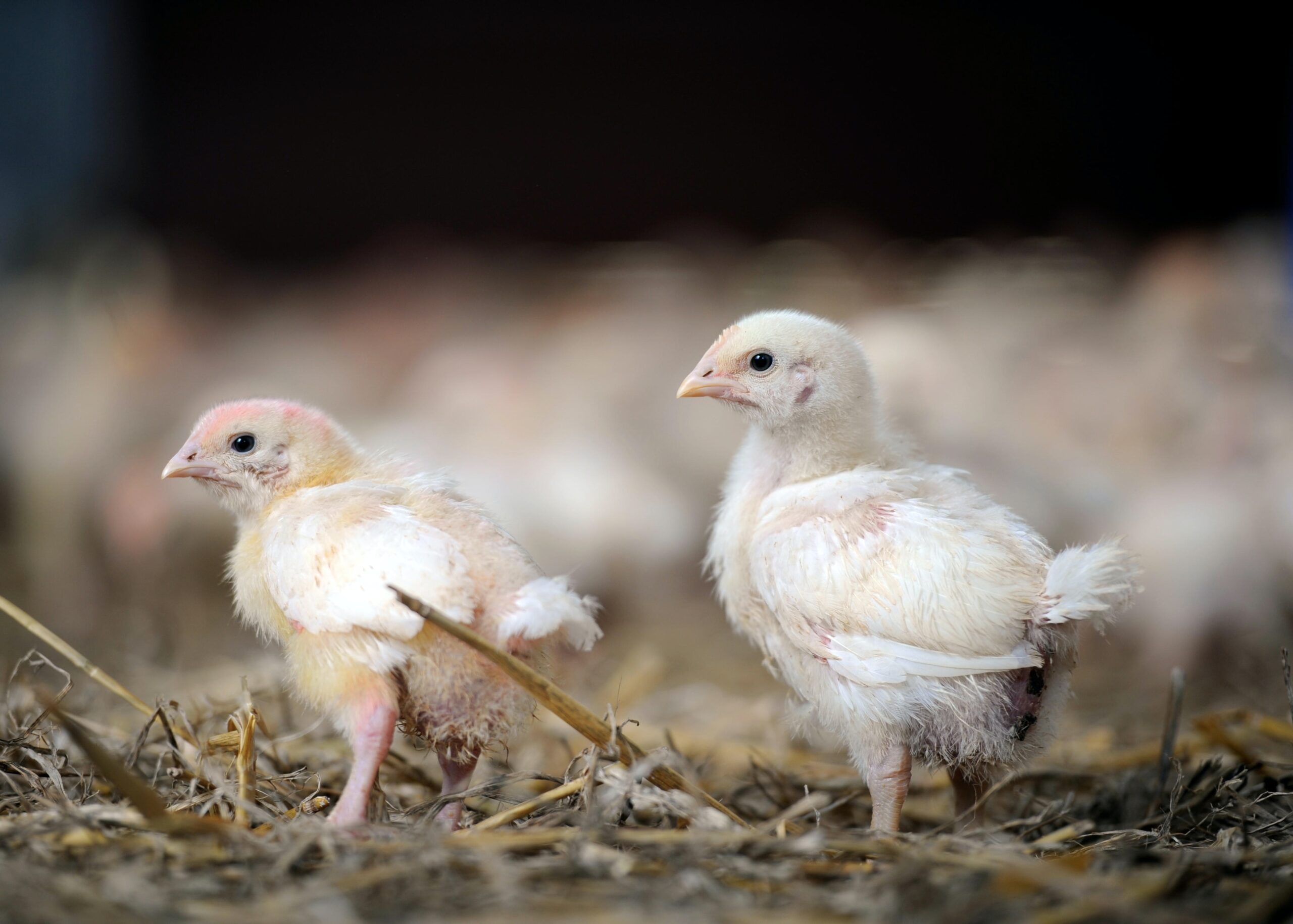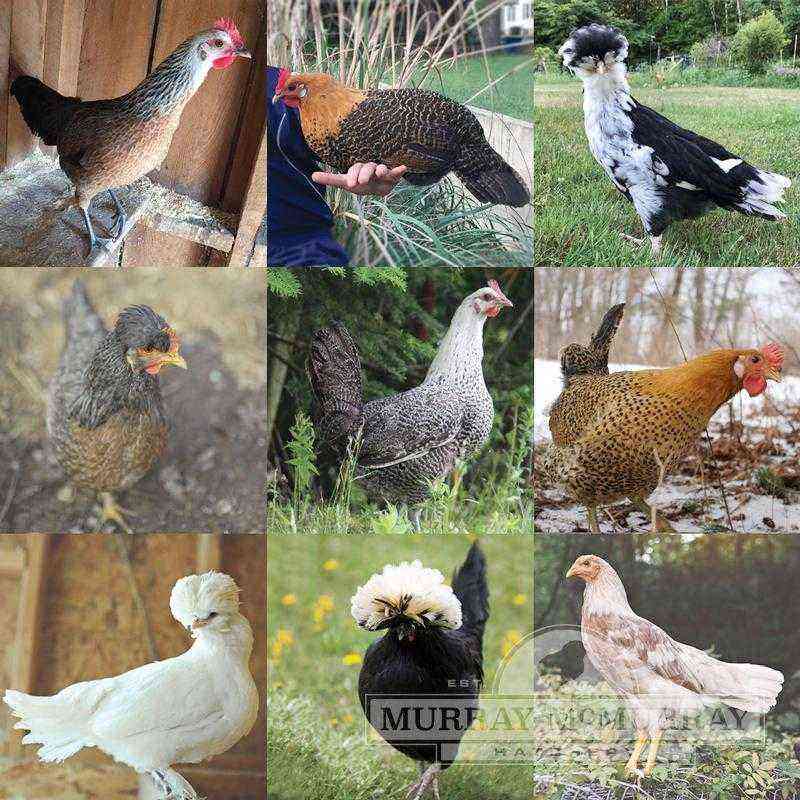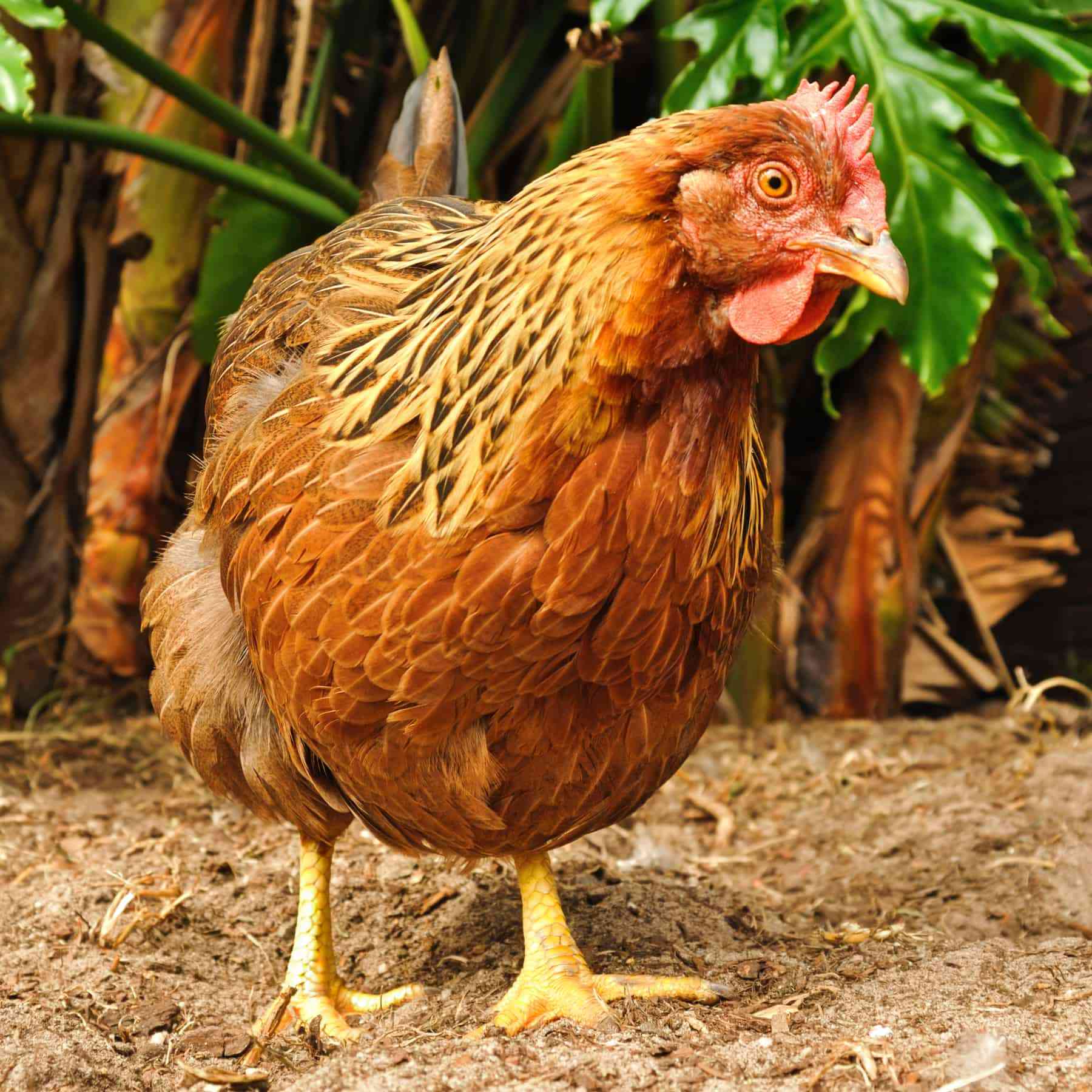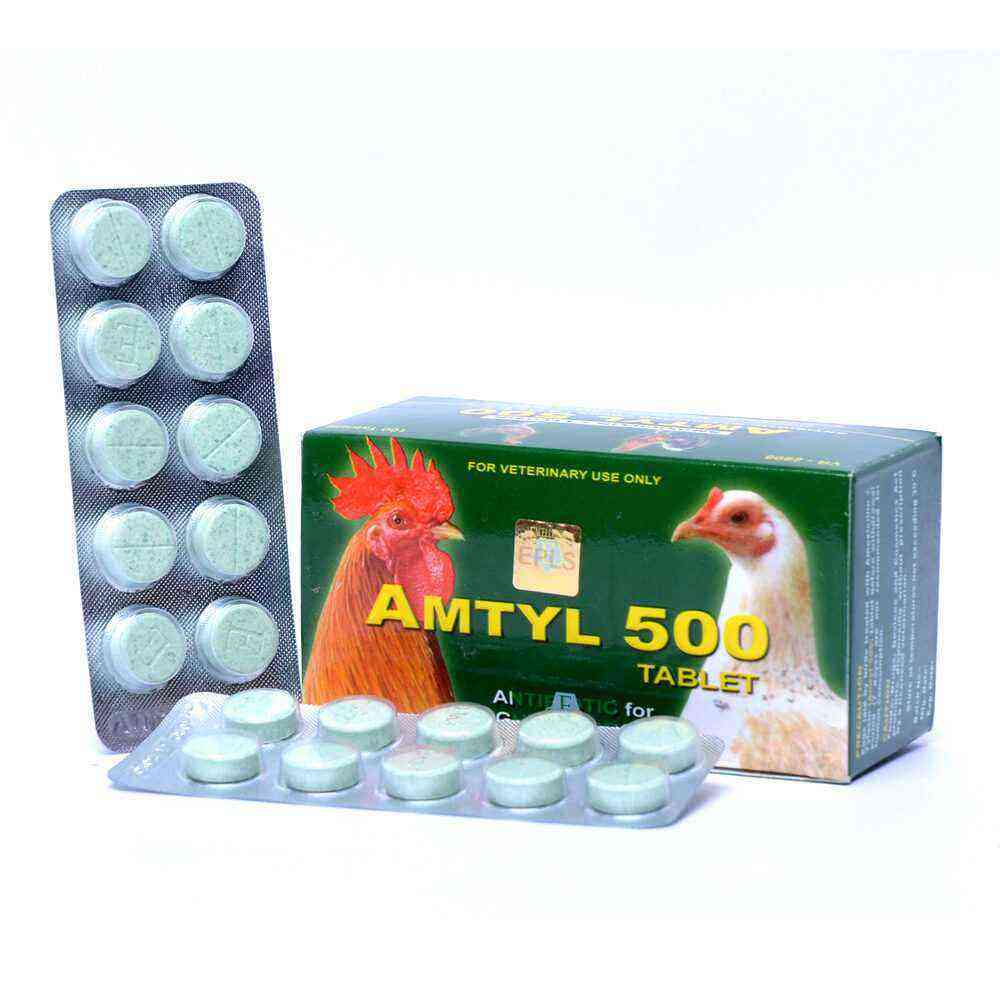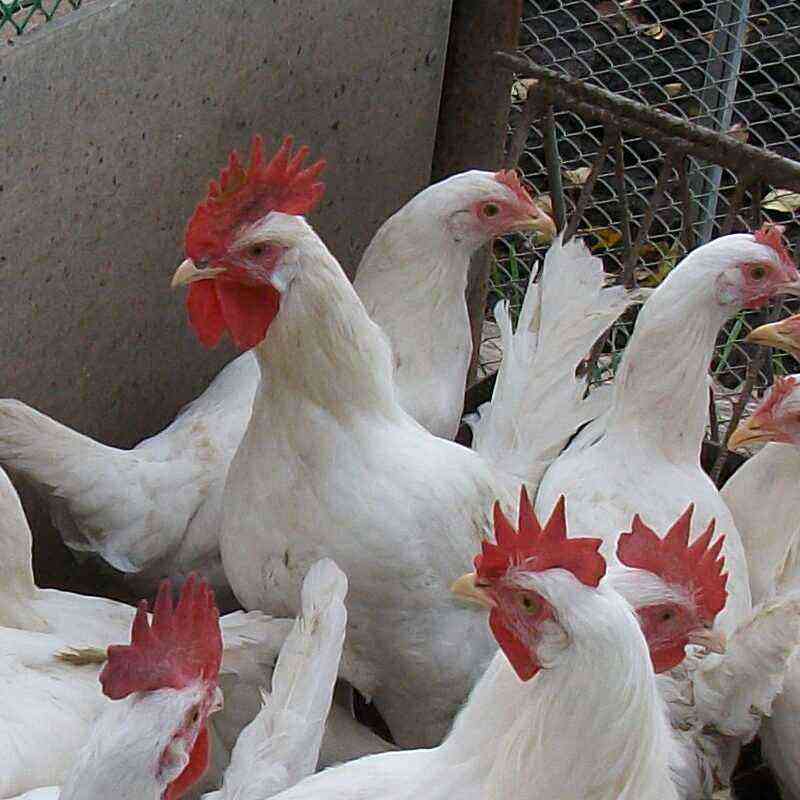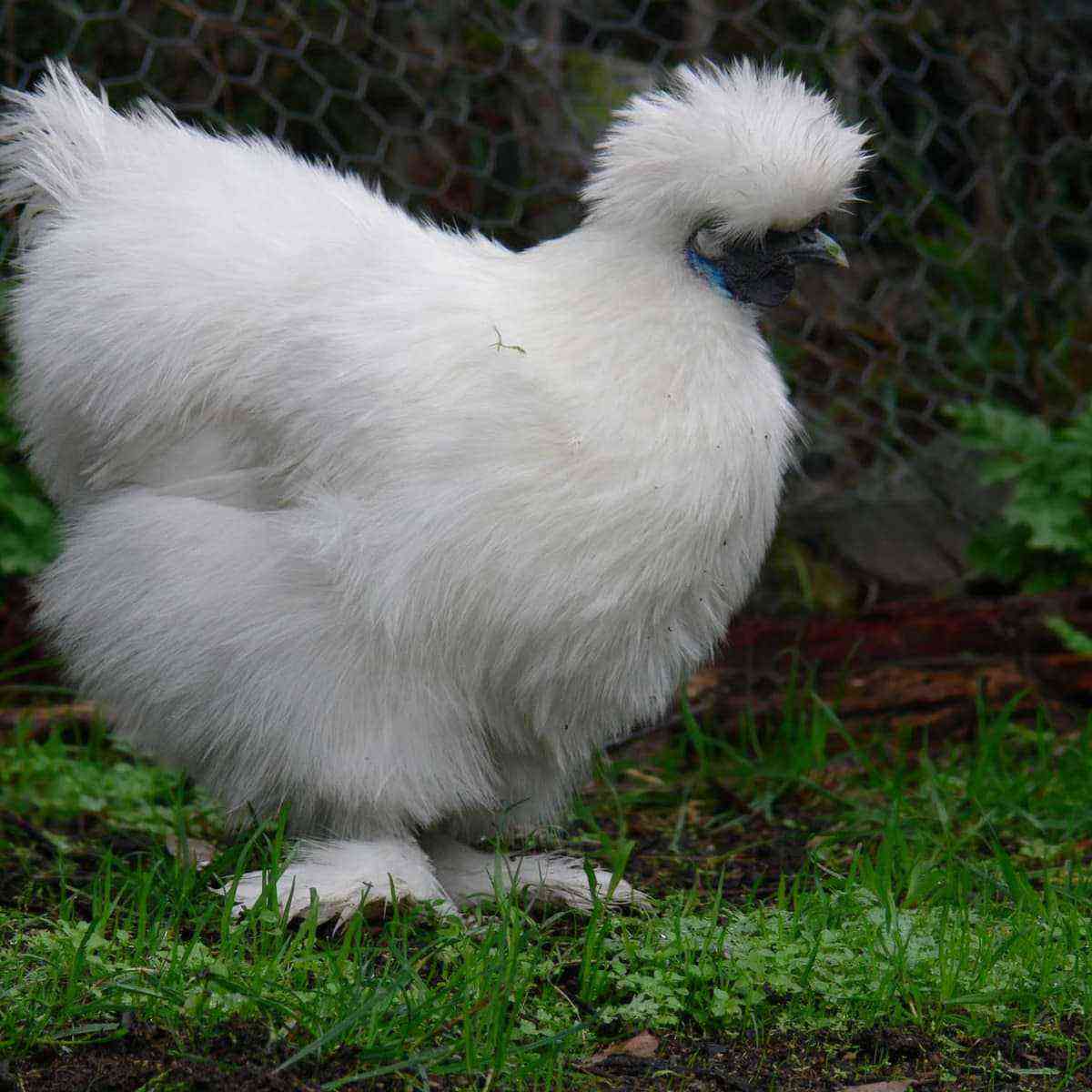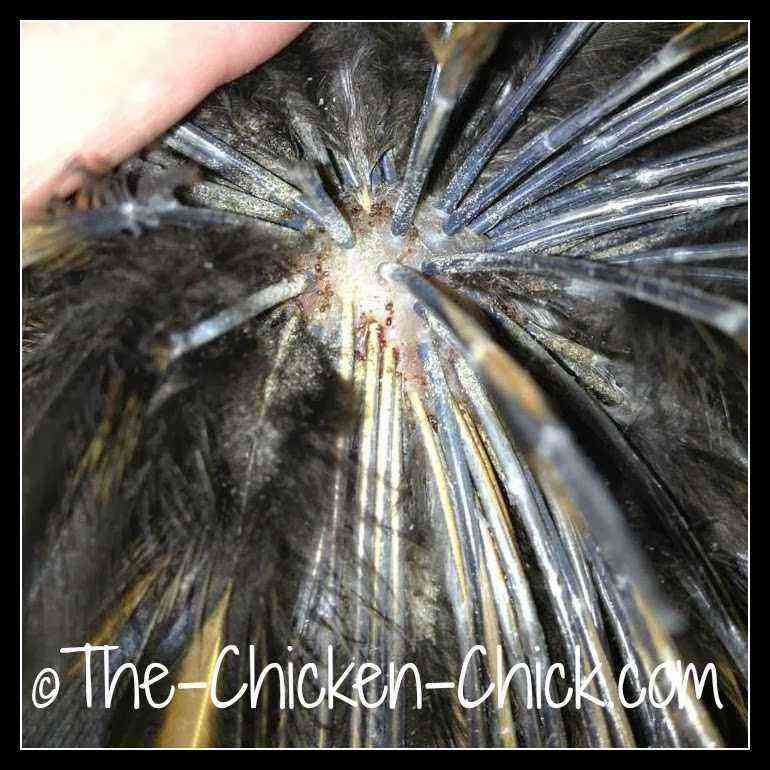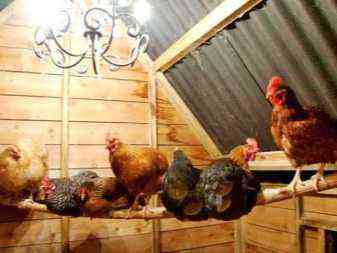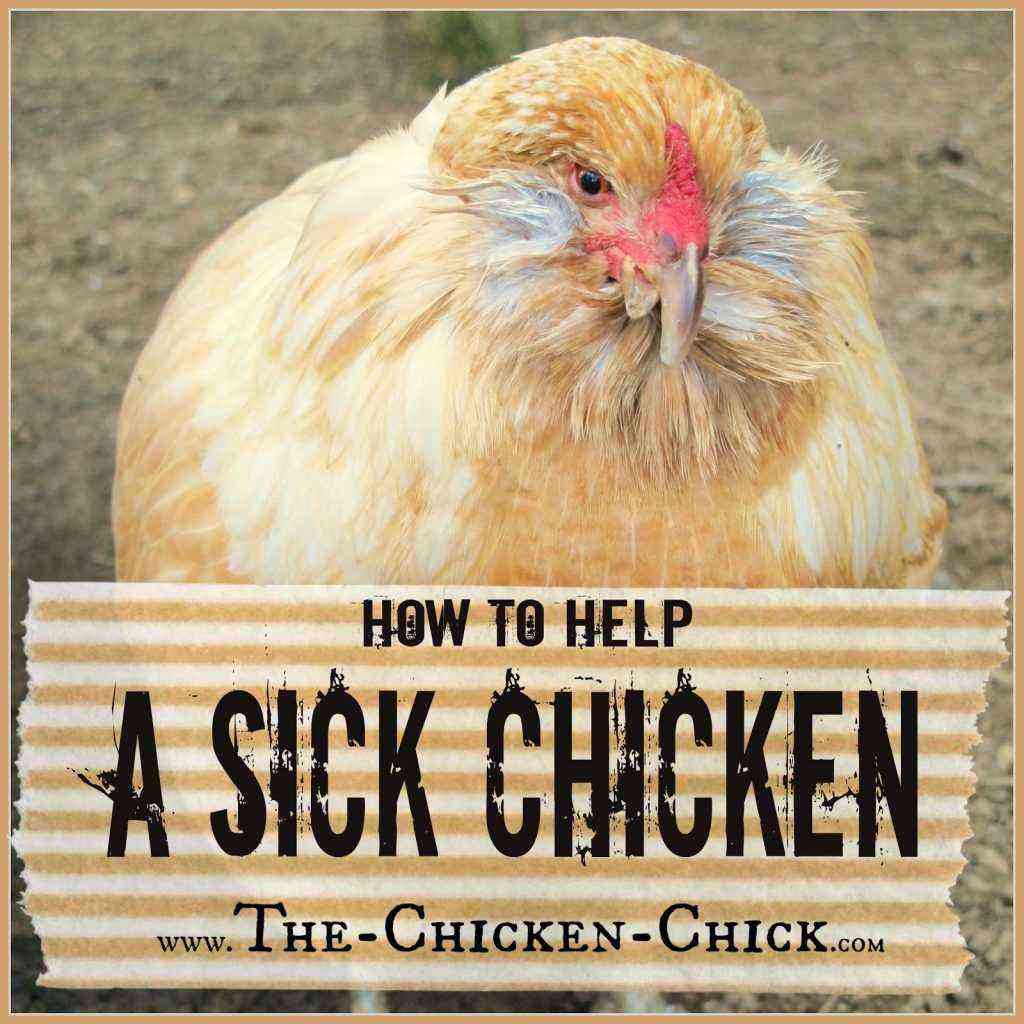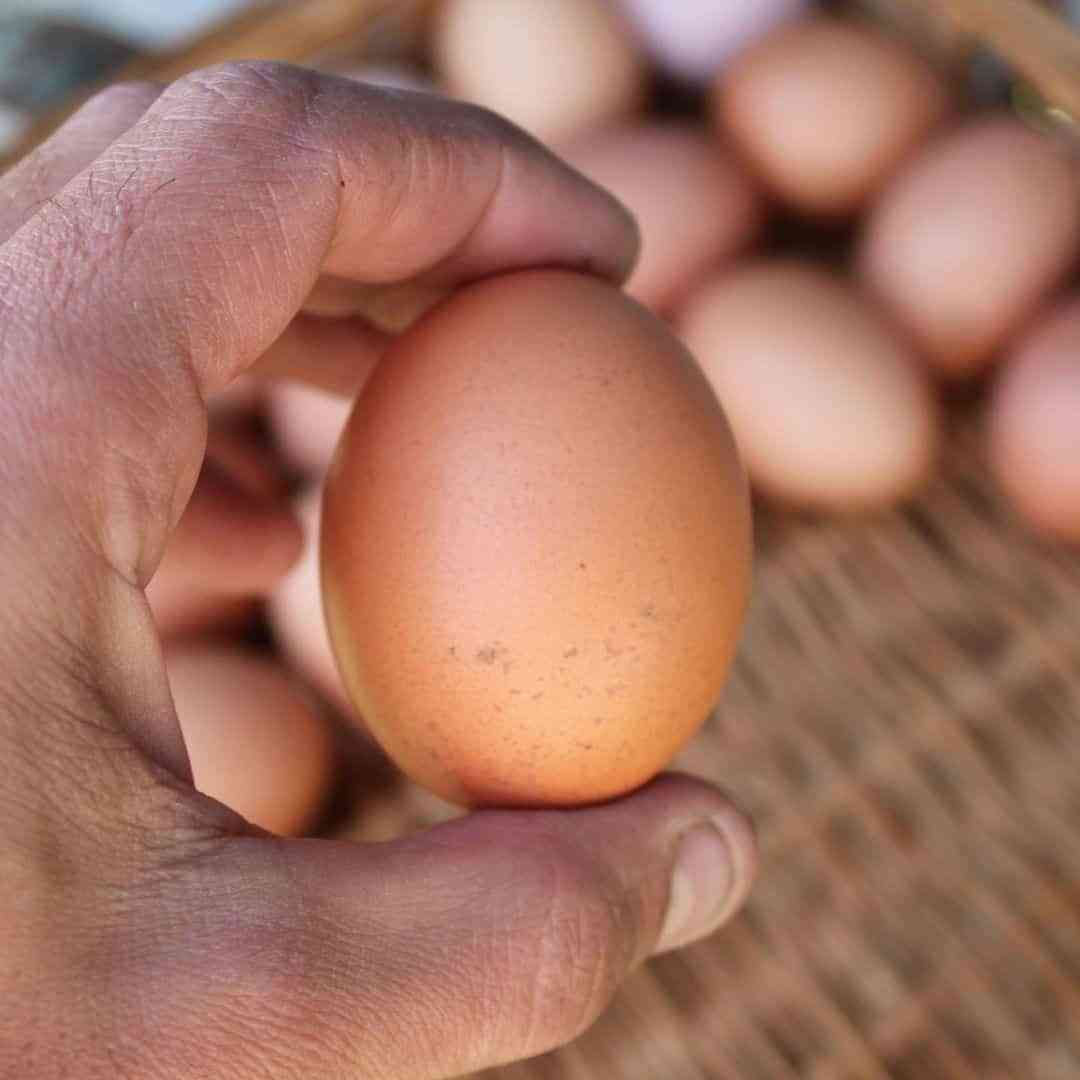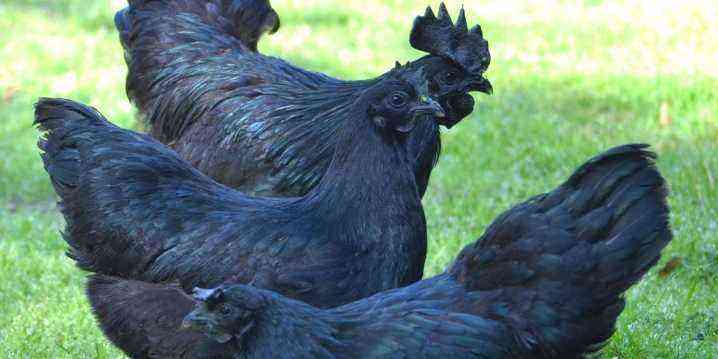Chinese silk chickens are very popular outside the Middle Kingdom and are considered a universal breed that combines the possibilities for decorative breeding and obtaining high-quality meat. The exotic origin gives them a special charm. And the description of the breed with silky feathers, similar to fur, is of interest even to people who are far from the field of poultry farming. But keeping native roosters and laying hens, as well as raising chickens for meat, requires some effort.
To achieve results, it is very important to follow all the recommendations for creating conditions for the life of the bird and carefully monitor its health. However, in the US and Europe, Chinese silk chickens are valued more for their original appearance and are kept as pets.
On modern Russian farms, they are also often planted as a decoration of the yard, to the delight of guests and visitors.
History of origin
Chinese silk chicken is a breed whose origin is known quite a lot. Its unofficial name among breeders is snares or silk. The first mention of these birds can be found in documents from the XNUMXth century. Having originated in the East Asian region, the breed quickly acquired its characteristic appearance and became popular. In Europe, they learned about it thanks to Marco Polo, who described the birds in his notes.
Initially, the breed was bred for decorative purposes, but both the medicinal properties of meat and its nutritional value were gradually appreciated. Chinese snares were incredibly popular among the representatives of the aristocracy and adorned their gardens with their presence.
As a medicine, a broth based on tasty meat was used, which helps to restore strength, alleviate the condition with colds, weakness, and tuberculosis.
Since the XNUMXth century, the migration of silk chickens to Europe and Russia began. In a harsh climate, gentle Chinese birds felt quite comfortable. In the Volga region and Siberia, the breed gained popularity and actively increased its livestock until the revolution. In the XNUMXth century, Chinese silk chickens were almost completely destroyed in Russia. Today, the breed is experiencing a new round of popularity, and its population in the country is gradually growing.
Interestingly, breeders who traded snares in the XNUMXth century claimed that the breed was obtained by crossing a chicken and a rabbit. Such a marketing ploy allowed them to sell the animal and bird in pairs. Of course, buyers could not get offspring from such a union.
Features of the breed and variety
Chinese snares are distinguished not only by their compact size. Their bone tissue is black, muscle tissue is dark gray (respectively, meat will also be of this shade). The skin covers are distinguished by a blue-brown tint – it is difficult to confuse the carcass of a bird with analogues obtained from other breeds. Its meat is considered a delicacy in China, and in general, served at the table, it looks quite exotic.
The description of the bird looks interesting and unusual. Chinese silk chicken is characterized by the presence of five fingers, hidden under soft fluff on the legs. Two of them are behind the leg, three are in front.
The rooster has an underdeveloped crest, the head of all individuals is crowned with small fluffy sideburns, there is a pronounced beard and crest. Earrings have a turquoise or bluish-black hue. The eyes of the bird are expressive, with a deep brown or black tone.
Chickens have plumage of milky, black, lemon, blue colors, there are various combinations of them. There are silky elements of plumage on the tail, which also has tail feathers and braids. The body of the bird is rounded, with a broad back. The silky breed is characterized by compact size and low weight: up to 2,5 kg for a rooster and about 2 kg for a chicken.
There are several varieties of silk Chinese chickens. The aboriginal line, which has a neutral snow-white color, is considered a classic. Birds of this type are raised for meat. Decorative varieties have a yellow, black, silver, blue shade of fluff.
Performance indicators
Unusual meat just looks weird. It tastes quite tender, soft and juicy. Moreover, silky muscle fibers are the richest in nutrients, easily digestible protein, minerals and vitamins. The carcass is distinguished by the absence of a fatty layer, the skin is quite thick.
Chickens begin to lay eggs quite early – by the age of five months, the young are ready to give eggs. The taste of the product is excellent. The eggs themselves are not too large, up to 35 grams; annually, one laying hen is capable of producing 80–180 eggs.
An unusual property of Chinese silk chickens is the possibility of shearing, which makes it possible to obtain an analogue of sheep’s wool suitable for spinning. For two processing of chicken, you can get up to 150 g of fleece.
Content Rules
The main subtleties of growing Chinese snares are related to creating the right conditions for their maintenance. In particular, in order to preserve the delicate fluff in its original form, a special bedding is used, which is quite lush and loose. It is also acceptable to grow in cages, on a mesh floor. But it is imperative to pay attention to maintaining the optimal balance of humidity and heat in the room.
Chinese silk chickens can’t fly. A perch for them is erected at a minimum height or provided with an additional ladder that allows the birds to climb to the desired level. Nests should also be low enough to provide easy breeding.
Silkies are excellent mother hens, able to easily cope with the maternal role. This is often used by laying eggs of other birds on them.
Drinking bowls for birds and feeders must be well fixed, they are thoroughly washed and disinfected to prevent the accumulation of bacterial deposits and contamination with fecal matter. When plumage comes into contact with moisture, chickens can freeze and catch a cold, the decorative effect of their appearance also suffers, the appearance becomes sloppy.
Also, among the main requirements for care can be noted:
- providing additional lighting in winter to preserve egg production;
- the quality of the feed must be controlled, stagnation of food in the feeders is unacceptable;
- regular airing and sanitation of the chicken coop – this is the prevention of infections;
- providing a spacious place for walking birds in the fresh air, surrounded by a net.
With some effort, Chinese silk chickens tolerate even a significant drop in atmospheric temperatures well. Snares that do not rush in winter can be kept at a temperature of + 16-18 degrees. A pugnacious and slightly cocky character requires breeders to keep cockerels separately. With breed breeding, separate chicken coops will be required for birds of each color.
Feed volumes for Chinese silk chickens must be strictly rationed. Nutrition in the amount of 120 grams of compound feed is given three times a day, with the division of the total volume into portions, supplemented with animal proteins and plant foods.
Standard additions to the menu are potato peelings, soaked bread, finely chopped tops, milk buttermilk, earthworms.
Subtleties of breeding
Breeding silk Chinese chickens occurs through the purchase of adult birds or young animals, chickens. In addition, you can choose a more complex method and use the incubator cultivation of your own livestock. It is important to know that the cost of one egg in this case will be up to 7 USD. The acquisition of an adult bird will require more serious expenses – up to 50 USD per head.
When breeding silk Chinese chickens, you need to remember the following features of the breed.
- Chickens are smaller, spend a lot of time on plumage.
- Chicks need good protection from the cold, in the first days of life they are especially sensitive to temperature fluctuations. The recommended ambient temperature for the first week of life is 30 degrees Celsius above zero. Further, there is a gradual accustoming of pets to cooler conditions of detention. Usually, by the end of the first month, the chickens are ready for life at a constant temperature in the hen house at +18 degrees.
- To increase the survival of chickens in the first weeks of their life, it is necessary ensure strict adherence to the recommended feeding regimen. For 4 weeks, the chicks eat every 2 hours, they are given specialized food or a mixture of ground cereals, greens, eggs. Five-week-old chickens are fed up to 8 times a day, at three-hour intervals, adding fish oil, cottage cheese, and boiled vegetables to the main menu. Pure fresh water is given as a drink, if necessary, potassium permanganate is added to it.
- The presence of a mother hen increases the chances of breeding healthy full-fledged offspring. With its help, the survival rate of chicks obtained in incubators grows up to 90%. It is important to note that Chinese silk chickens are characterized by a developed maternal instinct. Adult birds sit well enough on eggs, take care of chickens, and can act as a brood hen for laying pheasant eggs.
From the age of one and a half months, it is recommended to divide the young into hens and cockerels.
Females begin to rush as early as 7 months and continue to do so for 3–4 years in a row. From an economic point of view, keeping exotic chickens of this breed is quite justified – you can get a serious income, high-quality dietary meat, make money selling young or adult birds.
Important selection points
When selective breeding of silk Chinese chickens, a selection is necessarily made according to the color scheme of plumage. Each colored branch requires its own fenced area for placement. For ten hens, it is enough to purchase only one rooster, but breeders with extensive experience recommend keeping two males in case of replacement, so as not to be left without a sire. The number of females is updated once every five years. Roosters are changed every two years.
Chinese silk chickens are characterized by late maturation, up to four months their sexual characteristics remain practically undeveloped. However, snares compensate for this with good fertility. Today, these birds are often crossed with other breeds – to increase egg mass and egg production, increase muscle mass. The influx of new blood has a good effect on the livestock itself.
In breeding, only the first offspring from interspecific crossing is used, in the future it is combined with ordinary Chinese silk chickens.
Diseases
Chinese silk chickens are not very healthy. When kept with other species of birds, they can easily be exposed to dangers in the form of parasitic insect attacks that can literally lime both laying hens and young. In addition, high humidity is detrimental to representatives of this breed.
Among the diseases that breeders should be wary of are:
- intoxication of various origins;
- viruses that infect the pulmonary system;
- digestive disorders of a viral, bacterial, mechanical nature;
- rickets caused by calcium deficiency in the body;
- parasitic lesion (worm infestation);
- coccidiosis.
It is possible to prevent the possible defeat of the livestock of Chinese silk chickens by infectious diseases by resorting to preventive measures.. The most important thing here is to regularly inspect the bird and, at the slightest suspicion, isolate individuals showing possible signs of the disease.
Be sure to regularly clean the pens, perform antiparasitic treatment.
Birds need to provide enough space for walking, the water in the drinker should always be fresh and clean, the food should be complete and regular, with the necessary vitamin and mineral supplements. In this case, the likelihood of an epidemic developing among the livestock will be minimal.
An overview of Chinese silk chickens is in the next video.
